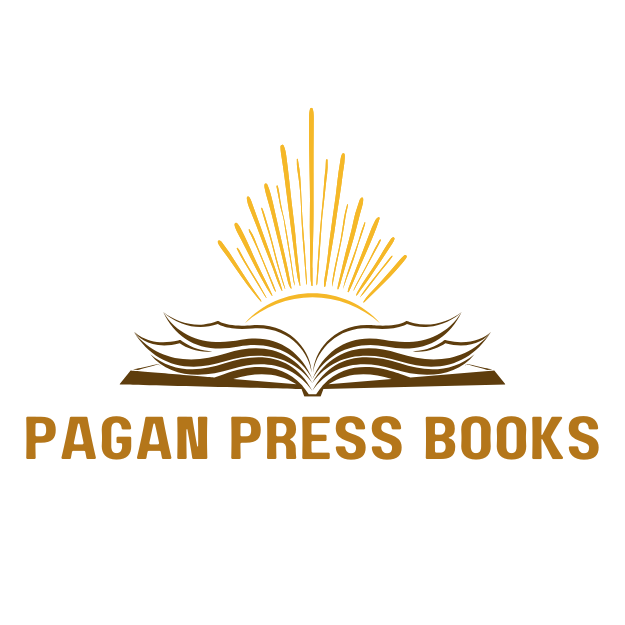Table of Contents
ToggleHave you ever found yourself staring at a blank page, wondering how to unleash your inner wordsmith? We’ve all been there, caught in the grips of writer’s block, desperately searching for the right words. Writing doesn’t have to feel like pulling teeth: in fact, it can be an exhilarating adventure. From prose to poetry, we have a myriad of styles and methods at our fingertips. So let’s jump into the exciting world of writing and explore the different ways to write that might just spark your creativity and help you find your unique voice.
Different Ways To Write
When it comes to creative writing, we often tap into techniques that ignite our imagination. Imagery, for instance, allows us to paint a picture with words. Picture this: a setting sun casting golden hues over a tranquil lake. Do you see it? That’s the power of vivid imagery at work. Let’s not forget about metaphors and similes, those handy tools that help us draw parallels in a striking way. Remember, a writer’s toolkit is diverse, dialogue, character development, and plot twists can all elevate our stories. We can also play with structure: perhaps we want to start in the middle and work our way out, or intertwine multiple narratives. The key is to experiment. By mixing techniques, we discover what resonates with our style.
Types of Writing Styles
Understanding the different types of writing styles is essential for connecting with our readers. We’ve got the classics, narrative, descriptive, expository, and persuasive. Each style serves a unique purpose: for instance, narrative writing tells a story, while expository dives deep into informing or explaining a topic. Then there’s persuasive writing, designed to convince readers to see things from our perspective. Knowing which style to use can help us craft our message effectively. Why not try blending styles? Mixing narrative with expository, for example, can create an engaging storytelling experience packed with information.
Writing for Different Audiences
Audience matters, who we write for significantly influences our style and tone. Are we addressing professionals in a formal report, or are we chatting with kids in a light-hearted story? Tailoring our voice and vocabulary can make all the difference. For example, if we’re writing for children, using playful language and engaging characters can capture their attention. Conversely, a business audience may require clarity and precision. Identifying our audience enables us to choose the right approach that resonates with them, and eventually, makes our writing more impactful.
Utilizing Writing Prompts
Writing prompts can be game changers for overcoming blocks and sparking creativity. They can take many forms, an image, a quote, or even a word. Picture staring at a blank page, and suddenly being handed the prompt “Write about a day when everything went wrong.” Instant inspiration. We find it easier to kickstart our creativity when we have a starting point. Plus, prompts can challenge us, pushing our boundaries and encouraging us to think outside the box. We suggest keeping a list of favorite prompts handy for those days when our muse seems elusive.
Exploring Digital Writing Platforms
In this digital age, our writing doesn’t have to be limited to pen and paper. Let’s explore online platforms like blogs, social media, and collaborative writing sites. Not only can we share our work with a broader audience, but we can also find feedback and connect with other writers. Platforms like Medium and Wattpad allow us to experiment with different genres and styles and get our feet wet in the publishing world. The beauty of digital writing is the instant gratification of sharing our thoughts with others, and who knows? We might just inspire someone else along the way.
Tips for Developing Your Unique Voice
Finding our unique voice is perhaps one of the most rewarding aspects of writing. It’s what sets us apart. To start, let’s embrace our quirks and let them shine through our words. We can read widely, experimenting with voices we admire while weaving in our own. Freewriting is another useful exercise: when we write without constraint, we uncover thoughts and styles we never knew existed. Inviting honest feedback helps us refine our voice, turning it into a home we feel proud to invite readers into. Remember, our unique voice is a living reflection of our thoughts, experiences, and personality.




